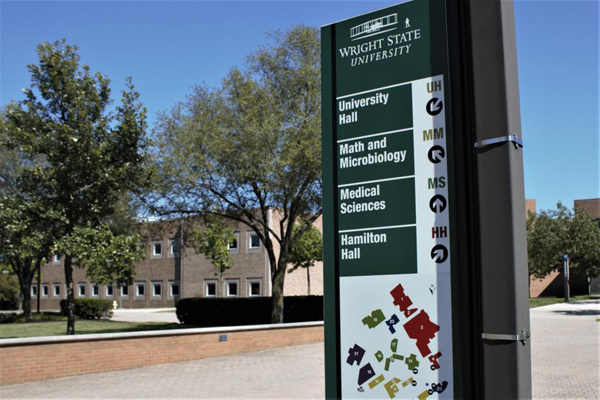
Excerpt from the Dayton Daily News
Wright State University will see a $3.2 million cut in state funding, the most of any Dayton-area college, as part of a state budget gap due to the economic fallout from the coronavirus.
Sinclair Community College will receive a $1.9 million cut, followed by Clark State Community College with a $576,735 reduction and Central State University with a $136,696 decrease.
All Ohio public colleges and universities will see a 3.8% cut in state funding — a total of $110 million — as Gov. Mike DeWine looks to balance the state budget by the end of June, according to the Office of Budget and Management.
The state’s $777 million budget gap was created by a state tax revenue shortfall caused by the COVID-19 pandemic as DeWine ordered all non-essential businesses closed to slow the deadly new coronavirus. The cuts will come from the schools’ original 2019-20 “state share of instruction” funding, which had a total statewide appropriation of $2.02 billion.
“Decisions like these are extremely difficult, but they are decisions that are part of my responsibility, as your governor, to make,” DeWine said in a statement. “We believe that instituting these cuts now will provide the most stability moving forward, however, I am greatly concerned about the cuts we must make in education. We have an obligation to our schools to give them as much predictability as we can, but if we don’t make these cuts now, future cuts would be more dramatic.”
The cuts did not surprise Wright State leaders, spokesman Seth Bauguess said Wednesday. The state has communicated probable cuts, he said, and Wright State President Susan Edwards has shared this expectation in public meetings.
“In anticipation of this reduction, the university began proactively limiting expenditures and reducing spending wherever possible,” Bauguess said. The specific reduction amounts the school received falls within the range the state had previously communicated, and the university’s belt tightening measures are focused on mitigating any negative impact in the areas of instruction or student support services.”

